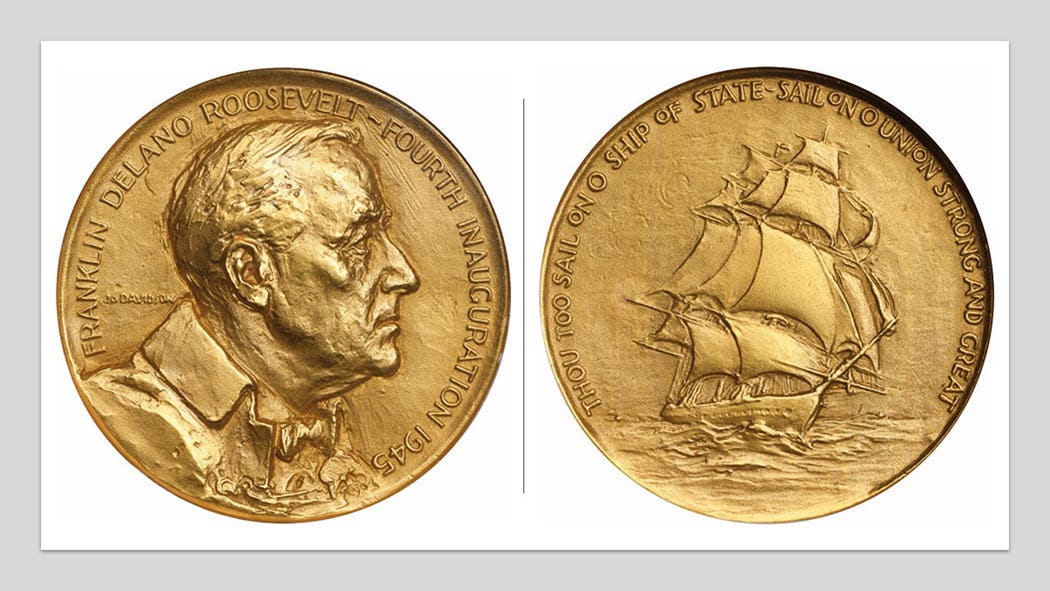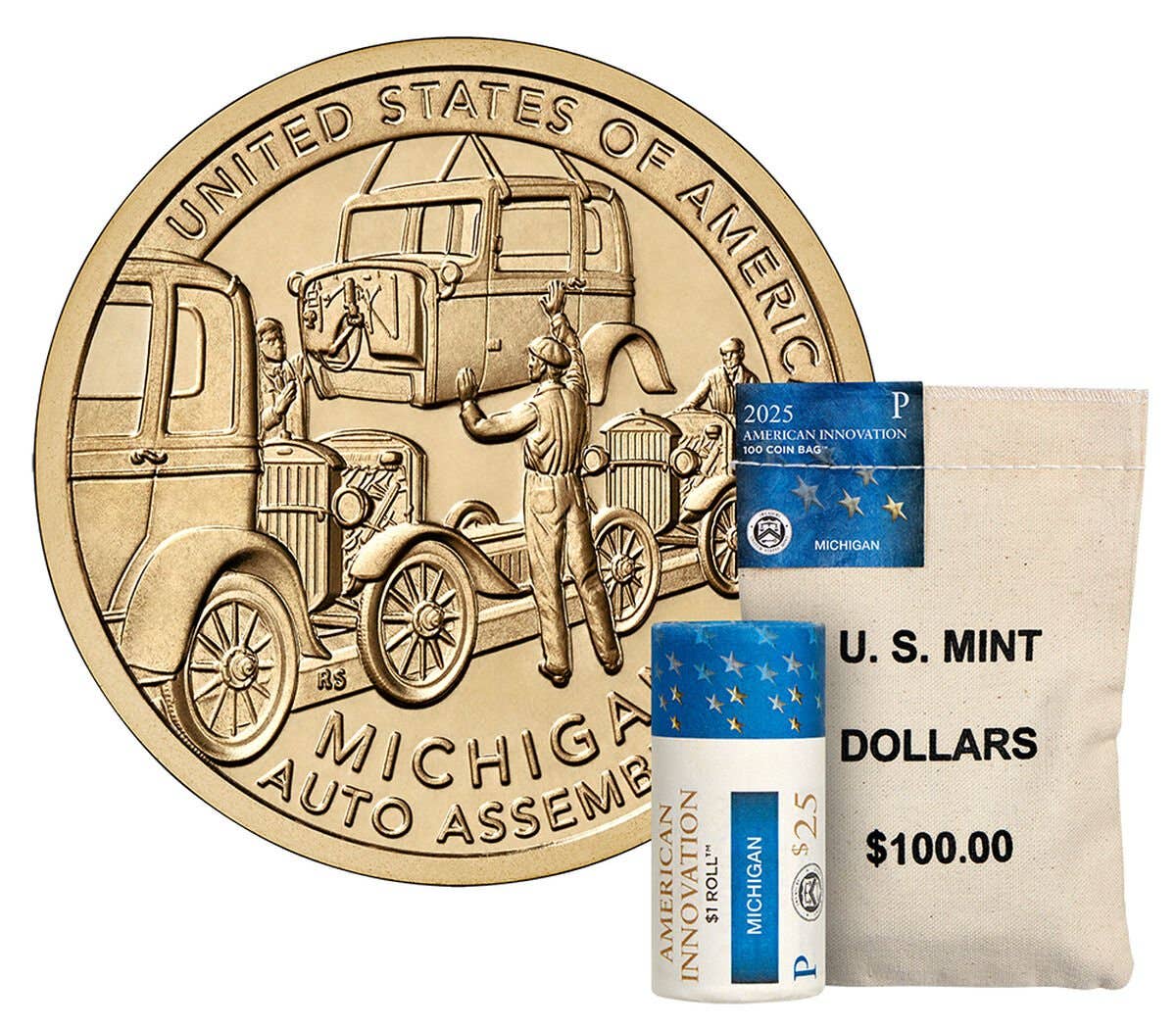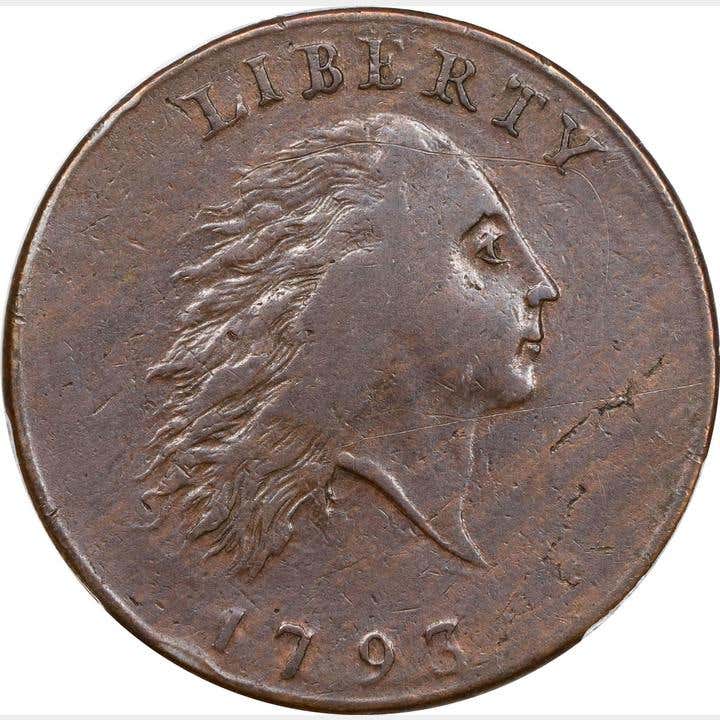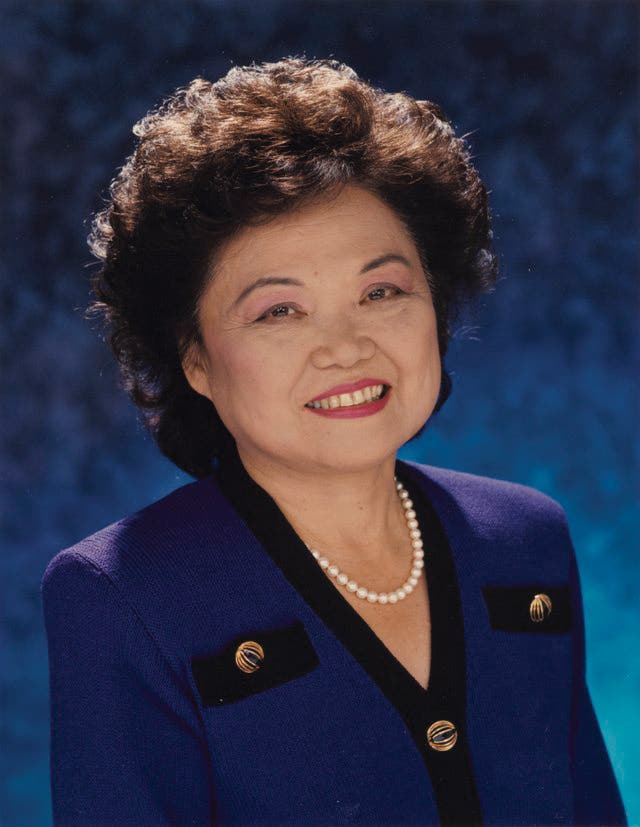Collecting Silver Three Cent Pieces
As we enter 2023, where are you in your collecting journey? Have you completed all or most of the collections you’ve been working on? Are you looking for a new…
As we enter 2023, where are you in your collecting journey? Have you completed all or most of the collections you’ve been working on? Are you looking for a new collecting challenge?
If so, then I have a suggestion for you that will be difficult but neither impossible nor prohibitively expensive. My suggestion is to collect silver three cent pieces. These little coins were also known as trimes or, derisively, as fish scales.
With a design by James B. Longacre, of Indian Cent fame, silver 3c pieces were minted between 1851 and 1873. During that period, the series experienced three different design types.
All design types feature a 6-pointed star on the obverse. Within the star is the Union shield, and the words UNITED STATES OF AMERICA circle the rim, with the date centered below the star. On the reverse, an ornamented letter C (for cents) encloses the Roman numeral III. Thirteen evenly spaced stars circle the rim.
The first design type (Variety 1 or Type 1) was minted from 1851-1853, and this type is the only one with a date struck at a branch mint. Slightly more than 700,000 3c pieces were produced in 1851 by the New Orleans mint. Its O mintmark is located on the reverse in the opening of the C.
As often occurs in series that don’t survive, production was large at the beginning before tailing off as time went by and usage declined. Total Type 1 mintage was more than 36 million pieces.
Another feature that differentiates the Type 1 trimes from the later types is the percentage of silver in the planchets. Because the price of silver at the time made the melting of 90 percent silver coins profitable, the first trimes consisted of 75 percent silver and 25 percent copper.
In 1853, Congress made other silver coins lighter and thus less profitable to melt, which led to more silver coins in circulation. In 1854, the percentage of silver in the trime was changed to the U.S. standard 90 percent and the coins were lightened.
Design changes for Variety 2, minted from 1854-1858, added a pair of lines around the star. On the reverse, an olive sprig was added above the Roman numeral and a bundle of three arrows placed beneath it.
From a total mintage of more than 36 million in just 3 years for Variety 1, mintage for the 4 years of Variety 2 dropped to fewer than 5 million pieces. The most common date, with a mintage of a little over 1.6 million pieces, is the 1858. As you can see from the total mintage and the mintage of the most common date, Variety 2 is considerably less common than Variety 1. In addition, most Variety 2 trimes were weakly struck.
In 1859, further changes produced Variety 3, minted from 1859-1873. The Variety 3 design is characterized by only one line outlining the star.
Variety 3 mintages continued to fall, and 1862 was the last year for 6-digit mintages, with 343,000 produced. After this, most circulation-strike mintages dropped to 4 digits, ranging from 8,000 (1865) to 1,000 coins in 1872. In the final year of the series, 1873, only 600 proof trimes were produced.
Given the lack of circulation of small-denomination coins today, you might be wondering why a 3c piece was ever produced. According to Ron Guth and Jeff Garrett’s United States Coinage: A Study By Type, “An unusual denomination of three cents first appeared in 1851 to facilitate the purchase of postage, which, at the time, cost 3c (the same reasoning resulted in the gold $3 denomination in 1854).”
In an era of rising costs for first-class postage, which is now 60c, it’s hard to imagine sending a letter for just 3c. However, when I started collecting stamps in the early 1950s, first-class postage was only 3c, and it didn’t rise to 4c until 1958.
The demise of the silver trime was hastened by the introduction of nickel 3c pieces in 1865. In Walter Breen’s Complete Encyclopedia of U.S. and Colonial Coins, Breen noted that the nickel 3c pieces weren’t produced to replace the silver trime “. . .but mostly to retire the unpopular 3c fractional notes. . .” According to Breen, “. . . they quickly became foul things of rags and tatters; they were easily lost.”
In fact, by 1865 the silver trime had mostly vanished from circulation, as it was a 90 percent silver coin hoarded by the public during the Civil War. Despite the low mintages, or perhaps because of them, Variety 3 trimes are relatively easy to obtain. Guth and Garrett considered their rarity as “Common.”
The most common way to collect silver trimes is by design type. In this case, you need to obtain only three coins corresponding to the three varieties. Guth and Garrett considered Variety 1 coins to be common, with the most plentiful issue being the 1852, with more than 18 million pieces minted. In Numismatic News’s “Coin Market” (CM), the date is valued at $450 in MS63 and $800 in MS65. In F12, it lists for $65, and in XF40, it’s worth about $105.
But can you find them online? On eBay, I looked for 1852 trimes and found 496 listed in Buy It Now sales. Of these, many were what I consider junk, coins nearly slick, bent, harshly cleaned, coins having the whole gamut of problems. Often such coins come with relatively high grades and prices to boot. Many on eBay are wildly over graded.
As a result of this search, I decided to stick with certified pieces. Among these, I found four listed in F12, all certified by ANACS. Two with reverse doubling were listed at $160. Two without such doubling were priced at $120 and $125, both with $5 postage. As you can see, both cost about twice what CM indicates they’re worth.
I did find a PCGS-certified VF20 that was priced at $89, which is considerably less than the F12 prices. It’s still more than the VF20 value in CM ($72).
Two MS63 pieces, one certified by NGC and the other by PCGS, were priced at $695 and $495, respectively. The PCGS coin is only a little above the CM price of $450.
Several MS64 coins were listed, with prices ranging from $465 (ANACS) to $649 (PCGS). These are not terrible prices, as the PCGS value in this grade is $600. A PCGS-certified coin in MS65 was priced at $790, which is slightly below its $800 CM value.
As mentioned earlier, the most common Variety 2 date is 1858. On eBay, I found 185 sales of 1858 trimes. The most expensive ones were proof coins, with a PR67 example certified by NGC priced at an eye-popping $24,200! Its NGC price guide value is $21,000.
In MS63, which CM values at $885, I found two listed. One was a PCGS coin at a reasonable $850, whereas the other was an NGC-example listed for the outrageous price of $4,952.25. Why tack on an extra quarter when the coin is already so wildly overpriced?
I found one reasonably priced MS65 1858, graded by PCGS. The price was $2,100, which is $100 more than the CM value and $150 less than the PCGS value.
There were a couple of F12 coins listed, one graded by ANACS ($205) and another by ICG ($65). The CM value in F12 is $65.
As before, most of the uncertified coins were in terrible shape. Despite this, many had ridiculously high prices for the condition they were in. For example, there was a coin with a sizable hole priced at $37 and another one holed and bent listed for $18 plus $5.35 shipping.
According to Guth and Garrett, the most plentiful Variety 3 date is 1861, which had a mintage of nearly half a million pieces. On eBay, a search turned up 53 listings for Buy It Now sales. As I’ve found with other dates, there’s a lot of chaff with the wheat. As examples, I found two holed coins listed at $99.99 and $59.99.
In CM, the 1861 is worth $2,325 in PR65 and $1,000 in MS65. I found a PR65 graded by PCGS for $2,644.70 and a couple of PCGS MS65s for $1,254 and $1,799.99. The more expensive coin had medal alignment, which means that the obverse and reverse have the same orientation rather than the reverse being upside down relative to the obverse. Apparently, this alignment error occurred with some frequency in this date. If $1,799 sounds like too much for this type of error, another seller offered a similarly afflicted MS64 for $999.99.
A PCGS MS63 1861 was listed for $504, which is a $400 coin according to CM. There were few circulated pieces listed in any grade, but I did discover an NGC-graded AU50 for $239. CM says it’s worth $250 in this grade. A somewhat better PCGS AU55 with Certified Acceptance Corporation (CAC) sticker was offered at $338. PCGS values it at $300, but that’s without the CAC sticker. A CAC sticker is thought to add about 10% to a coin’s value so $338 may be a decent price.
To this point, I’ve concentrated on the most common dates for a type set. What if you are trying to assemble a complete date set of trimes? To get an idea of the difficulty of this quest, I looked at a few other dates within the series.
For openers, I found 46 Buy It Now sales of the only mintmarked trime, the 1851-O. Several sellers offered the kind of junk trimes I’ve gotten used to seeing on eBay. For example, one seller offered what he called a choice XF example, priced at $299.99. His choice XF had most of the date worn away!
The listings began with two 1851-Os in PCGS MS65. One was priced at $6,450 with $27 shipping, the other at $2,965 with free shipping. Assuming they’re both accurately graded, which would you choose? The CM value in this grade is $2,800.
The CM value for an MS63 1851-O is $1,400. A PCGS MS63 on eBay was listed for $1,654.
The circulated 1851-Os without problems consisted of a PCGS AU58 at $1,000 and a PCGS VF35 for $429.99. PCGS values for coins in these grades are $850 and $300, respectively.
For another Variety 2 coin, I looked at 1854, a date with a sizable mintage of 671,000 pieces. A search of eBay turned up 43 Buy It Now sales, with prices ranging from $2,768.50 down to $19.77 with 58c shipping.
The top prices, of course, were for certified MS65 and MS64 coins. The top price was for a PCGS MS65, with CAC sticker, priced at $2,768.50. This was followed by an NGC MS65 for $2,608.56. CM gives an MS65 1854 a value of $4,000, so it appears that these coins are priced right. If you look at the PCGS value guide, however, you’ll see that they’re overpriced, as the value for the date in MS65 is $2,250. The NGC guide values it at $2,450.
The PCGS value for the coin in MS64 is $1,500, and there were three listed on eBay at prices of $2,100, $2,000, and $1,500. The $2,000 coin had a CAC sticker.
As with the other trimes I searched for on eBay, there were only a few certified, circulated examples. An ANACS VF25 was listed for $165 plus $4.50 postage. PCGS prices a coin in this grade at $125.
An NGC-graded AU53 was priced at $304. The NGC value in this grade is $245.
For a second example of a Variety 3 trime, I looked at 1862, with a mintage of 343,000 pieces. Of the 47 Buy It Now sales, 34 listed certified coins, including many in decent mint state or proof grades. Prices ranged from $699.99 for an NGC MS64 to $10,594.70 for an NGC PR67+, with CAC sticker. The NGC value for the MS64 coin is $625, and the PR67+ version is unpriced. NGC values the coin in PR67 at $12,250.
There were only three circulated examples, two in AU58 graded by NGC and an ANACS piece in AU50. The prices were $289 and $375 for the two AU58 coins and $195 for the AU50. The NGC value for AU58 is $260, whereas the CM AU50 value is $210.
Beginning with Variety 2, another way to collect trimes is as proof coins, which were minted for each date beginning with 1854. You can expect proof coins to be better preserved than those made for circulation.
What did I learn from my eBay searches? One thing is that eBay may not be the best place to look for silver 3c pieces, as there are too many in terrible condition and/or ridiculously overpriced. I also looked at past auction results for trimes in the Heritage Archives. There, all the coins are certified, which cuts out the uncertified junk you find on eBay.
Another takeaway is that unless you’re an expert at grading these coins, you should stick with ones certified by major services such as ANACS, PCGS, and NGC.
I guess I shouldn’t have been surprised at how many silver 3c pieces that survive today are in terrible condition. Silver trimes were tiny, thin coins, which were easily bent and otherwise damaged through normal use.
Given what I found with my search of online sites offering silver trimes, I think I would stick to putting together a nice type set rather than trying to assemble a complete set of all the different dates.
Of course, if you have the time and money, collecting trimes will definitely be an interesting challenge. As they say in France, “bonne chance.”








